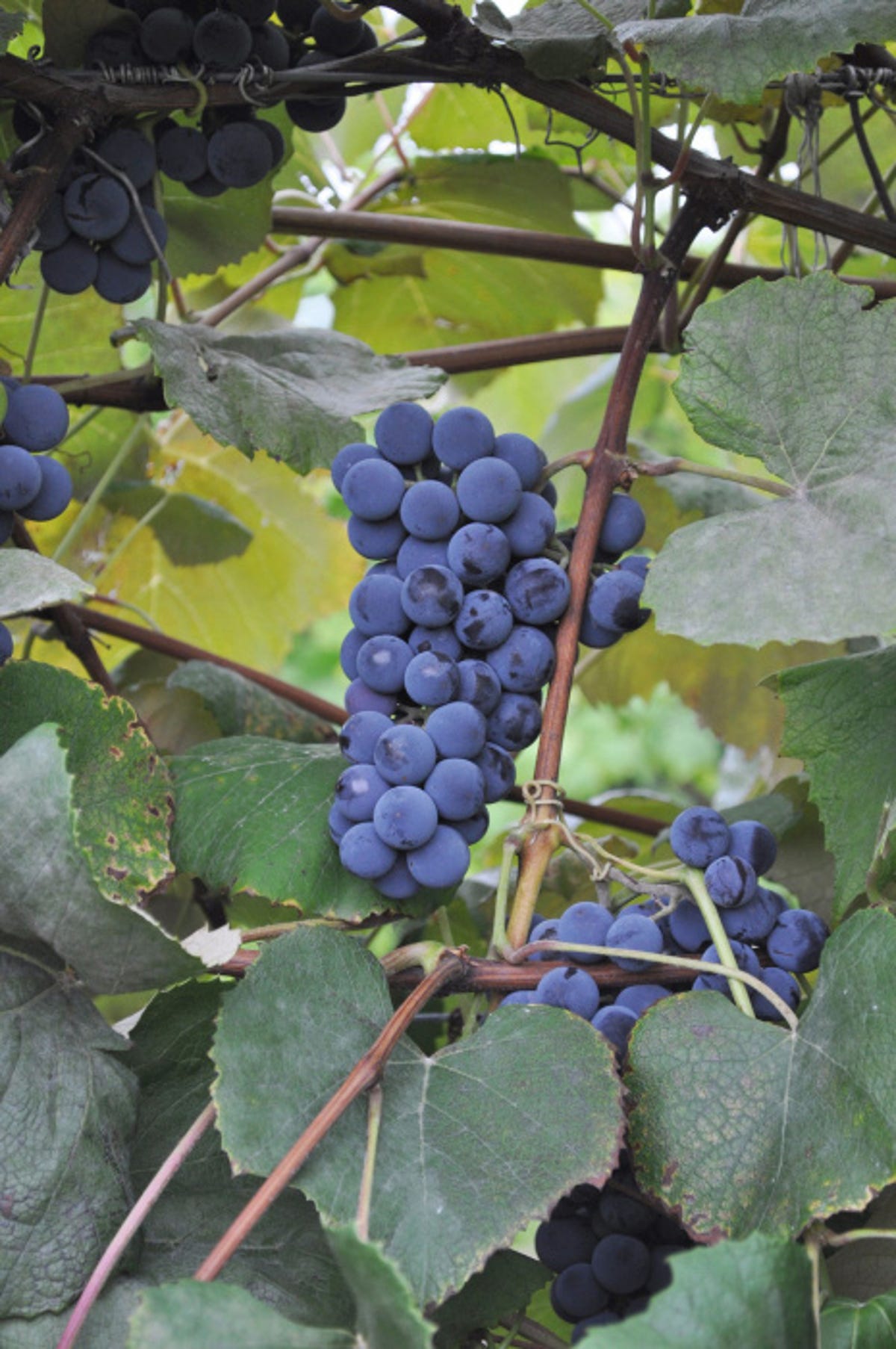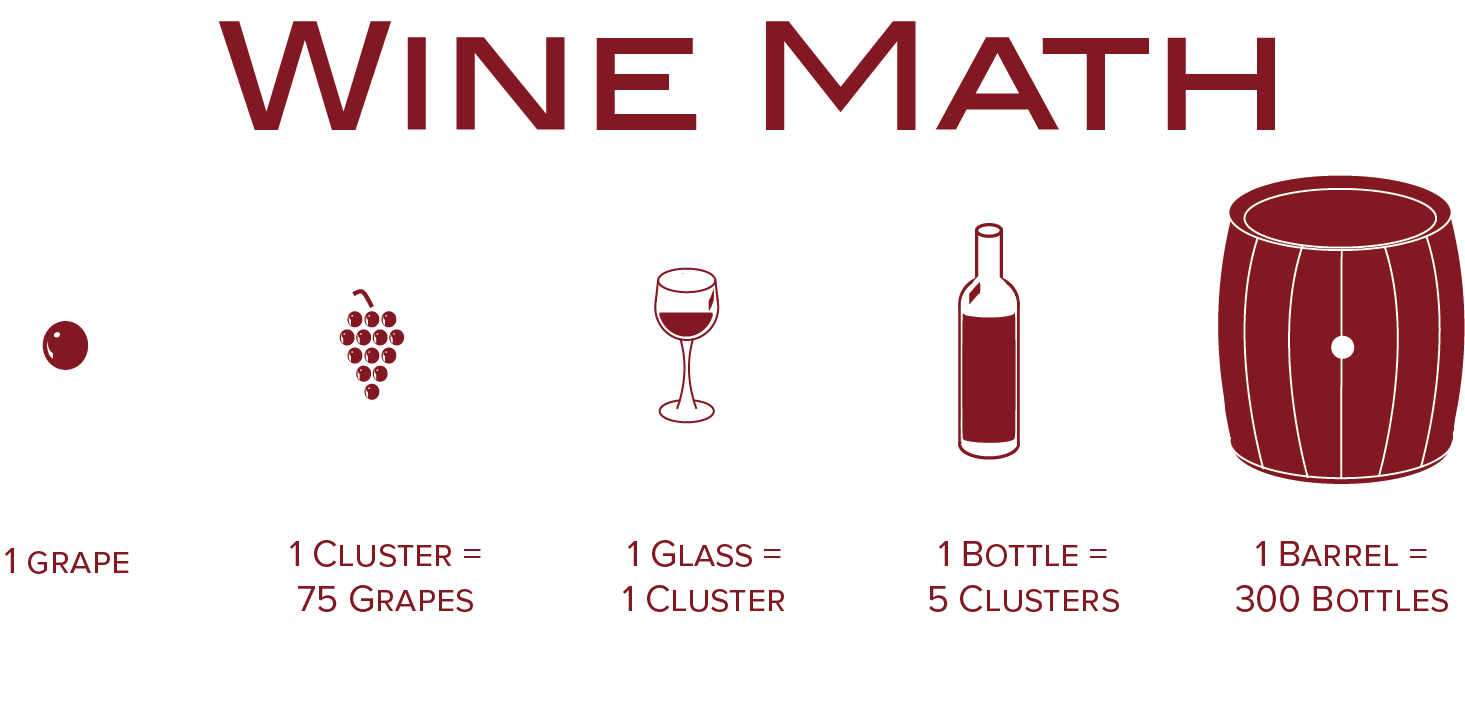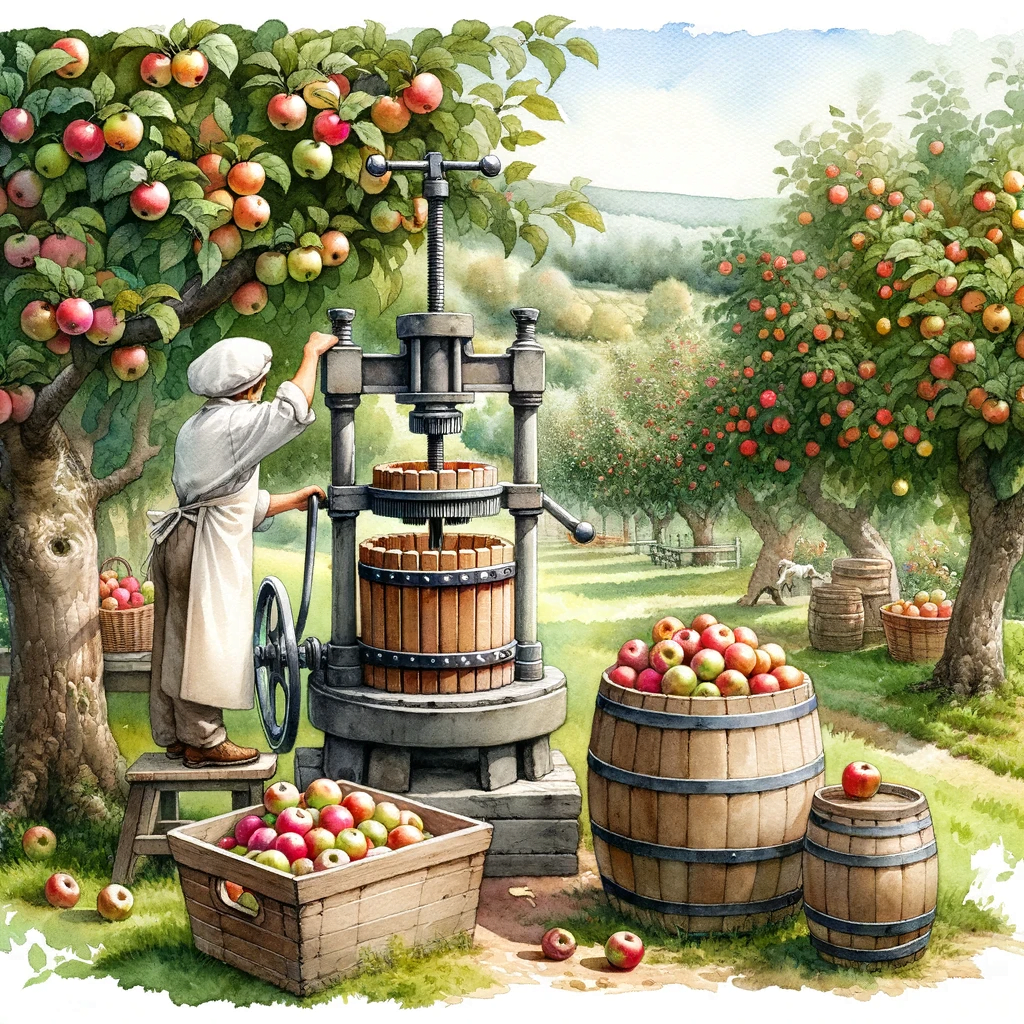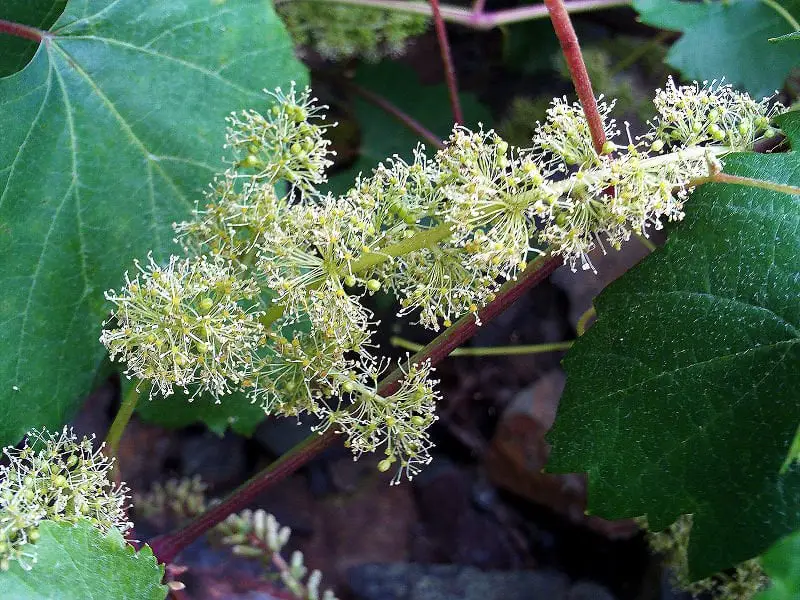Have you ever wondered why it’s becoming increasingly difficult to find Concord grapes? These lusciously sweet and juicy gems seem to be disappearing from store shelves, leaving grape enthusiasts puzzled. In this article, we will explore the mystery behind the scarcity of Concord grapes, examining potential reasons and discussing the implications for grape lovers everywhere. Get ready to uncover the truth behind the vanishing Concord grapes!
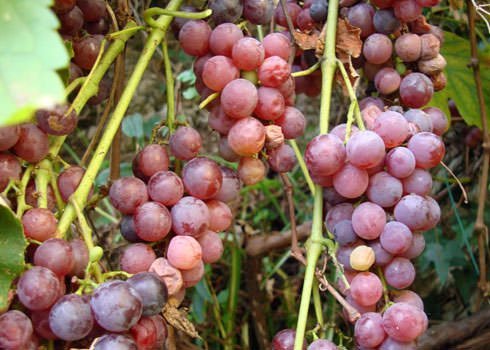
Background on Concord Grapes
History and Origins
Concord grapes, scientifically known as Vitis labrusca, are a popular grape variety that originated in North America. They were first discovered in Concord, Massachusetts in the mid-19th century by Ephraim Wales Bull. Bull, a farmer and horticulturist, dedicated years of his life to breeding a grape variety that could withstand the harsh New England climate and produce delicious fruits.
Characteristics and Flavor Profile
Concord grapes are characterized by their deep blue-purple hue and thick, slip-skin. They have a unique flavor that is both sweet and tart, with a distinctive “foxy” taste. This flavor profile sets Concord grapes apart from other grape varieties, making them a favorite among many grape enthusiasts.
Popular Uses and Cultivation
Concord grapes have been traditionally used in various culinary applications, including making grape juice, jellies, jams, and even wine. Their versatility and robust flavor have made them a staple ingredient in many kitchens. The cultivation of Concord grapes has been primarily concentrated in the northeastern United States, particularly in states like New York, Massachusetts, and Pennsylvania, where a cool climate and fertile soils create ideal growing conditions.
Decrease in Concord Grape Availability
Introduction to the Mystery
In recent years, there has been a noticeable decrease in the availability of Concord grapes. Consumers have found it increasingly difficult to find these beloved grapes in grocery stores and local markets. This decline has left many wondering about the reasons behind this phenomenon and the potential implications it may have for grape growers and consumers alike.
Factors Contributing to Decreased Availability
Several factors are believed to have contributed to the decrease in Concord grape availability. One significant factor is the increasing demand for alternative grape varieties. As consumers’ tastes evolve and preferences shift towards newer and more exotic grape options, the demand for Concord grapes has dwindled. Additionally, climate change and environmental factors, as well as the emergence of pests and diseases, have also played a role in reducing the availability of Concord grapes.
Impact on Grape Growers and Consumers
The decrease in Concord grape availability has had a profound impact on both grape growers and consumers. Grape growers, especially those who have dedicated their lives to cultivating Concord grapes, have faced economic challenges as the demand for their primary crop has declined. This has forced many growers to explore alternative grape varieties or seek new ways to adapt to changing market conditions. At the same time, consumers who have developed a fondness for the unique taste and versatility of Concord grapes have been left disappointed by their scarcity, leading them to seek out alternative options.

Possible Explanations for the Disappearance
Climate Change and Environmental Factors
As climate change continues to affect growing conditions worldwide, it is reasonable to assume that it has played a role in the decrease in Concord grape availability. Changes in temperature, precipitation, and the length of growing seasons can impact grape production, making it more challenging for growers to cultivate these grapes. Extreme weather events, such as late frosts or heatwaves, can significantly damage vineyards and reduce the overall yield of grapes.
Pest and Disease Issues
Grapevines are susceptible to various pests and diseases, which can devastate entire vineyards. Concord grapes, in particular, are known to be vulnerable to diseases such as black rot, downy mildew, and phylloxera. The spread of these pests and diseases, especially in regions where Concord grapes are traditionally cultivated, has contributed to decreased availability. Growers are forced to use additional resources and adopt stringent preventive measures to protect their vineyards, further increasing the cost of grape production.
Shift in Consumer Preferences
The changing preferences of consumers cannot be overlooked when considering the disappearance of Concord grapes. As palates evolve and consumers seek out new flavors and experiences, the demand for alternative grape varieties has risen. In an era where consumers are more adventurous with their food choices, traditional varieties like Concord grapes have struggled to compete in the market. This shift in preferences has undoubtedly impacted the availability of Concord grapes.
Effects on Local Economy and Wineries
Impact on Grape Industry
The decrease in Concord grape availability has had a significant impact on the grape industry, particularly in regions where they were once a dominant crop. As growers face dwindling demand and decreased production, they must grapple with economic challenges. Many grape growers who specialized in Concord grapes have been forced to diversify their crops or shift their focus to alternative grape varieties to sustain their businesses.
Challenges Faced by Growers
Growers who have relied on Concord grapes for generations must now navigate an uncertain landscape. The challenges they face include reevaluating their farming practices, seeking new markets, and investing in research and development to adapt to changing conditions. The transition from Concord grapes to alternative varieties requires financial investment, time, and expertise, posing additional obstacles for grape growers as they strive to remain profitable.
Altered Landscape of Wine Production
The decline in Concord grape availability has also had a ripple effect on the wine industry. Concord grapes, with their robust flavor, were commonly used to create wines with a distinct taste profile. However, the decrease in availability of these grapes has led wineries to search for suitable substitutes or develop alternative blends. This shift has altered the landscape of wine production, prompting winemakers to experiment with different grape varieties and adapt to changing consumer demands.
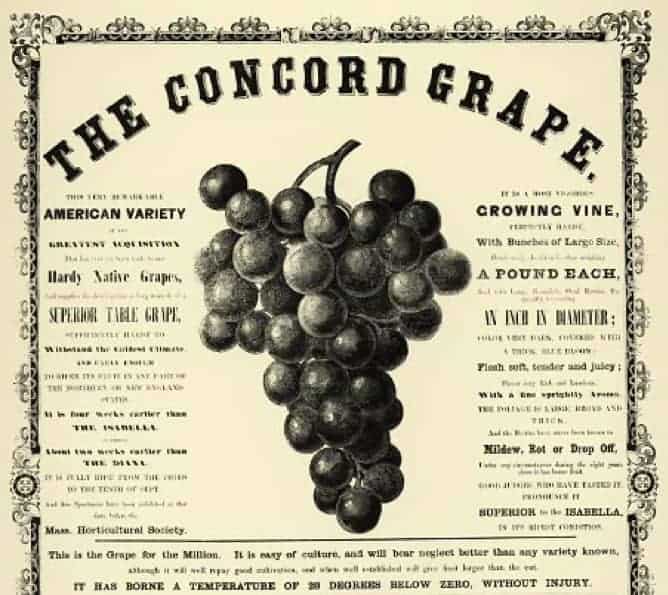
Conservation Efforts and Preservation
Initiatives to Protect Concord Grape Varieties
Recognizing the importance of preserving the genetic diversity of Concord grapes, various initiatives have been launched to protect and conserve these varieties. Organizations, such as agricultural extensions, universities, and grape breeders, have collaborated to establish germplasm collections and gene banks. These repositories serve as a resource for future breeders and researchers, ensuring that the genetic material of Concord grapes remains accessible for future generations.
Research and Development
To address the challenges faced by Concord grape growers, extensive research and development efforts are underway. Scientists and agricultural experts are working to develop new grape varieties that exhibit qualities similar to Concord grapes but are less susceptible to pests, diseases, and environmental stressors. These advancements aim to maintain the distinct flavors and characteristics of Concord grapes while ensuring the long-term viability of grape cultivation.
Supporting Local Farmers and Businesses
In the face of declining Concord grape availability, supporting local farmers and businesses becomes crucial. Consumer awareness and appreciation for the unique heritage and flavor of Concord grapes can help maintain demand and incentivize growers to continue cultivating them. Purchasing locally grown Concord grapes, as well as other products made from them, strengthens the local economy and encourages growers to sustain their commitment to these grapes.
Alternative Grape Varieties
Introduction to Alternatives
While Concord grapes may be harder to find, there are alternative grape varieties available that offer comparable qualities and flavors. Varieties such as Niagara, Catawba, and Delaware grapes share some similarities with Concord grapes, including their origin and flavor profiles. These alternatives provide consumers with options that closely resemble the taste and texture of Concord grapes.
Comparison of Taste Profiles
Although alternative grape varieties can produce wines and other products similar to those made with Concord grapes, they also possess distinct characteristics that set them apart. Niagara grapes, for example, have a sweeter flavor compared to the bolder tartness of Concord grapes. Catawba grapes offer a unique blend of sweet and spicy flavors, while Delaware grapes have a milder and more delicate taste.
Success and Acceptance
Alternative grape varieties have gained acceptance in the market, particularly among consumers who are seeking flavorful alternatives to Concord grapes. Wineries and farmers who have adapted to the decreased availability of Concord grapes have successfully introduced wines and products made from these alternative varieties. Their success demonstrates that while Concord grapes may have been the standard for many years, consumers are open to exploring and embracing new grape varieties.
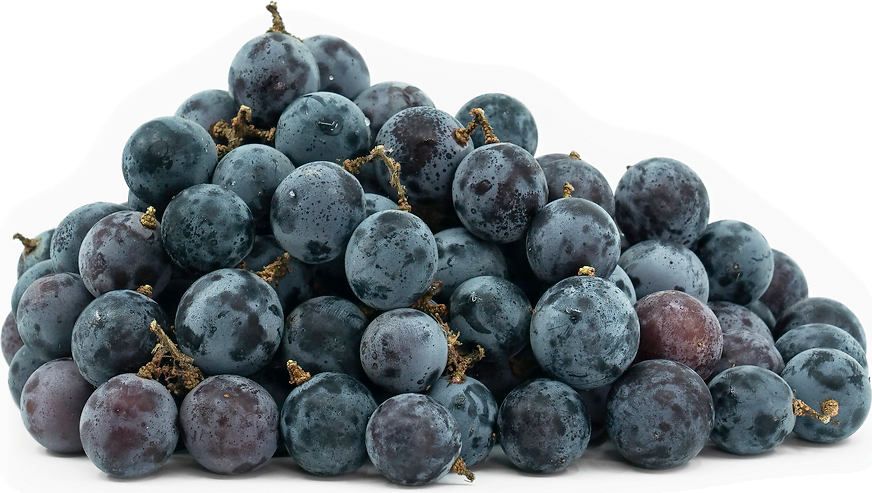
Consumer Reaction and Demand
Public Response to Decline
As Concord grapes have become increasingly scarce, the public response to their decline has been significant. Many consumers who have cherished the unique flavor and versatility of Concord grapes have expressed disappointment and nostalgia for the days when these grapes were more readily available. The decline has sparked conversations among food enthusiasts, highlighting the role that grapes play in our culinary traditions and cultural heritage.
Strategies to Raise Awareness
To address the decline in Concord grape availability, various strategies have emerged to raise awareness and generate renewed interest. Educational campaigns, social media initiatives, and collaborations between growers and chefs have been utilized to showcase the distinct flavor of Concord grapes and their connection to local communities. By promoting the history and cultural significance of Concord grapes, these efforts aim to reignite consumer demand and preserve the legacy of these iconic grapes.
Influence on Grape Market
The decline in Concord grape availability has had a discernible influence on the grape market. While the demand for Concord grapes has diminished, the growing interest in alternative grape varieties has provided opportunities for grape growers and wineries to explore new markets and cater to evolving consumer preferences. This shift has led to a diversification of grape products and an expansion of the overall grape market.
The Role of Grape Growers and Breeders
Efforts to Restore Concord Grape Population
Grape growers and breeders are at the forefront of efforts to restore the Concord grape population. Through ongoing research and selective breeding, these dedicated individuals strive to develop new varieties of Concord grapes that are better equipped to withstand environmental challenges and resist diseases. By preserving the unique characteristics of Concord grapes, growers and breeders play a pivotal role in ensuring their long-term survival.
Adapting to Changing Conditions
Grape growers have shown resilience and adaptability in the face of changing conditions. Aware of the challenges brought about by climate change, growers have implemented sustainable farming practices, such as organic and biodynamic approaches. These methods aim to reduce the reliance on chemical interventions, increase biodiversity, and preserve soil health. Additionally, innovative technologies and precision viticulture techniques have been adopted to optimize grape production and minimize environmental impact.
Collaboration and Innovation
Collaboration between grape growers, breeders, and research institutions has been instrumental in addressing the disappearance of Concord grapes. By sharing knowledge and expertise, breeders can benefit from the experiences and innovations of grape growers, while growers can access cutting-edge research and advancements in grape breeding. This collaboration fosters a spirit of innovation, enabling the development of new grape varieties and cultivation practices that contribute to the revitalization of the Concord grape industry.
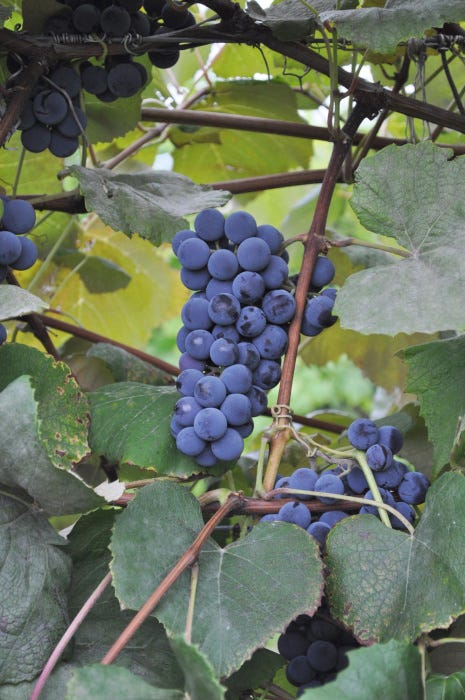
Future Outlook for Concord Grapes
Potential Solutions to the Mystery
While the disappearance of Concord grapes presents challenges, there are potential solutions that offer hope for their future. Continued research into disease-resistant varieties and climate-adaptive grapes may hold the key to ensuring the long-term viability of Concord grape cultivation. Additionally, consumer education and appreciation for the unique qualities of Concord grapes have the potential to reinvigorate demand and solidify their place in the market.
Availability Forecasts
The availability of Concord grapes is expected to be influenced by evolving market dynamics and climatic conditions. As growers adapt to changing conditions and explore alternative grape varieties, the production and availability of Concord grapes may continue to fluctuate. However, with ongoing conservation efforts and advancements in grape breeding, it is likely that Concord grapes will remain accessible to those who appreciate their distinctive flavor and cultural significance.
Long-Term Viability
The long-term viability of Concord grapes rests on the collective efforts of growers, consumers, breeders, and researchers. By embracing sustainable farming practices, supporting local farmers, and fostering innovation, the Concord grape industry can regenerate and thrive. Furthermore, the preservation of Concord grape varieties through germplasm collections and gene banks ensures that their genetic diversity endures, providing a foundation for future generations to continue enjoying and cultivating these beloved grapes.
Conclusion
The mystery behind the disappearing Concord grapes highlights the complex interplay between environmental factors, changing consumer preferences, and the challenges faced by grape growers. While their availability has decreased, alternative grape varieties have emerged as viable substitutes, offering similar flavors and characteristics. Consumer awareness and support for local farmers play a crucial role in preserving Concord grapes and ensuring the sustainability of the grape industry. With continued research, collaboration, and innovation, the outlook for the future of Concord grapes remains promising, and their unique flavor may yet be savored for generations to come.
